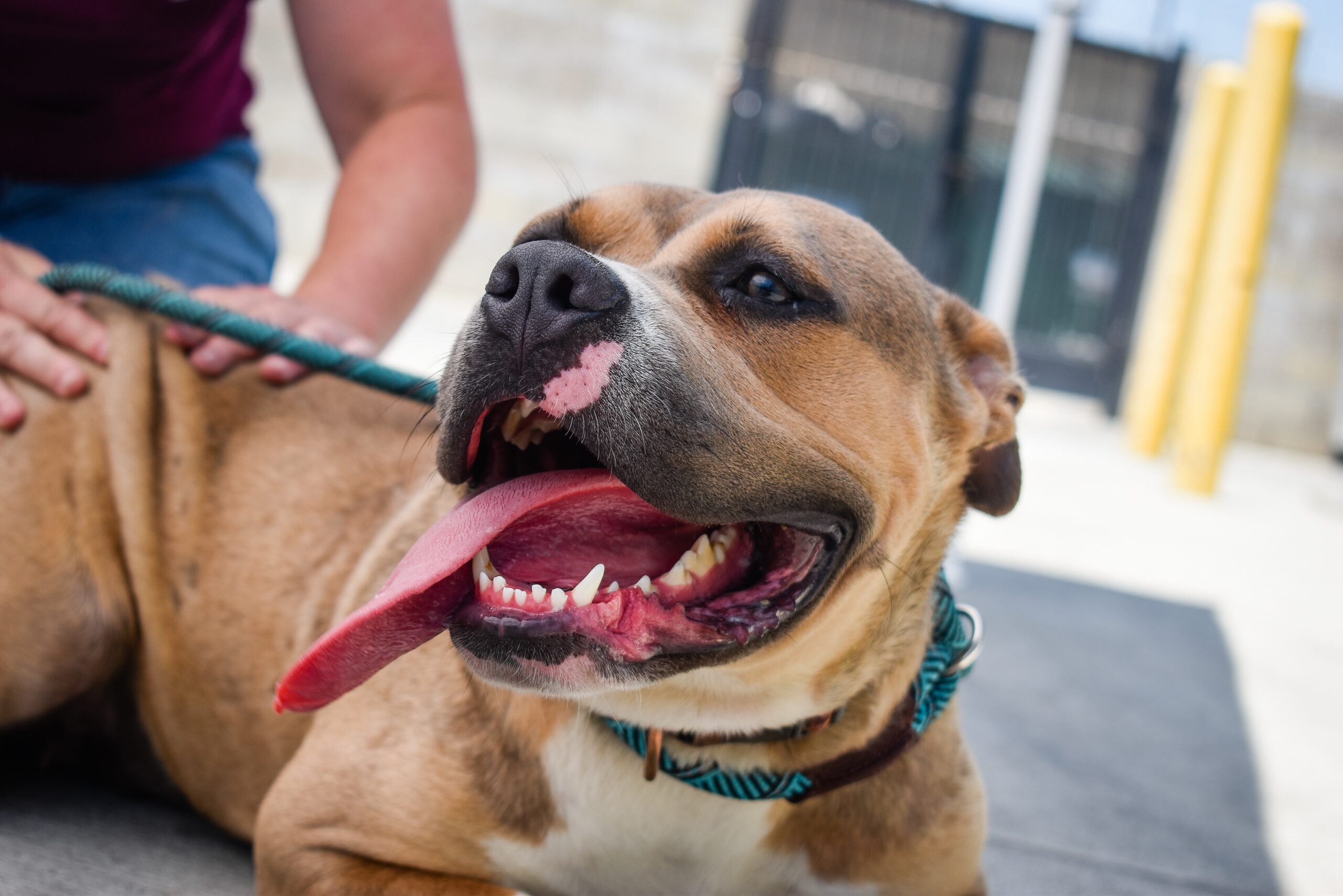
Pit Bulls, with their energy and strength, have quickly become one of the most adored breeds among dog owners. Like all dog breeds, Pit Bulls have their unique health needs and concerns. Recognizing the signs of serious health problems in your Pit Bull can make the difference between a minor illness and a major health crisis.
While routine vet visits can identify potential health problems before they become serious, emergencies can still occur. As a Pit Bull owner, it’s crucial to understand the symptoms that warrant immediate veterinary attention. Here are five emergency red flags every Pit Bull owner should be aware of:
1. Difficulty Breathing or Excessive Panting:
If your Pit Bull is struggling to breathe, panting excessively without having exercised, or making abnormal noises while breathing, this could indicate a serious health problem such as heart disease, lung disease, or heatstroke. Breathing issues can escalate quickly, so don’t delay seeking professional help.
2. Unexplained and Sudden Behavioral Changes:
Any sudden changes in behavior can indicate a significant health concern. This could include signs such as extreme lethargy, aggression, or sudden fearfulness. Similarly, if your Pit Bull refuses to eat or drink, it can be a sign of underlying health problems such as dental disease, digestive issues, or something more serious like cancer.
3. Seizures or Loss of Balance:
Seizures, sudden loss of balance, or uncontrolled twitching are serious signs of neurological issues. These could be symptoms of conditions like epilepsy, tumors, or severe infections. Some of these conditions can be life-threatening, so immediate veterinary attention is crucial.
4. Non-Stop Vomiting or Diarrhea:
Occasional vomiting or diarrhea might be due to dietary indiscretions. However, non-stop vomiting or diarrhea can lead to severe dehydration and may signal serious health problems like pancreatitis, parvovirus, or gastrointestinal obstruction. If these symptoms persist for more than 24 hours, or if you see blood in the vomit or feces, seek immediate veterinary help.
5. Significant Weight Loss or Gain:
Sudden, unexplained weight loss or gain in your Pit Bull can be a sign of many serious health conditions. Weight loss can be a symptom of diseases like diabetes or cancer, while significant weight gain can signal hormonal issues such as hypothyroidism. If you notice any significant changes in your dog’s weight or body condition, it’s important to consult your vet as soon as possible.
As pet owners, we’re the first line of defense for our furry friends. While the symptoms listed above are cause for concern, it’s also important to trust your instincts. If something feels “off” about your Pit Bull’s behavior, it’s always better to err on the side of caution and seek veterinary advice. After all, prompt intervention can often mean faster recovery, lower treatment costs, and most importantly, better overall health for your beloved Pit Bull.
 Toledo, United States.
Toledo, United States.
